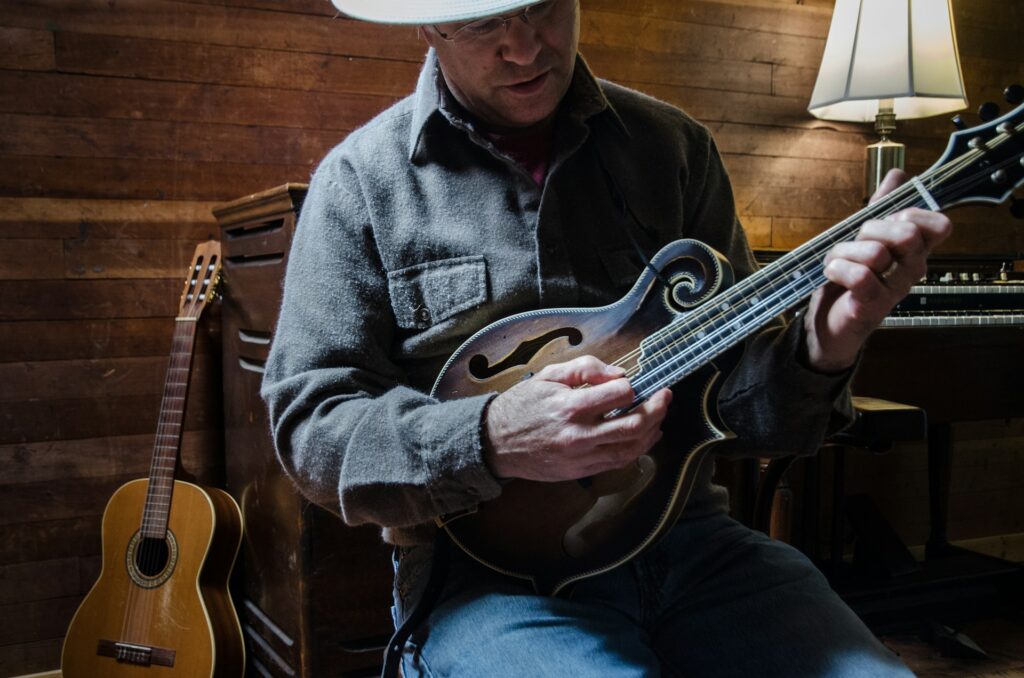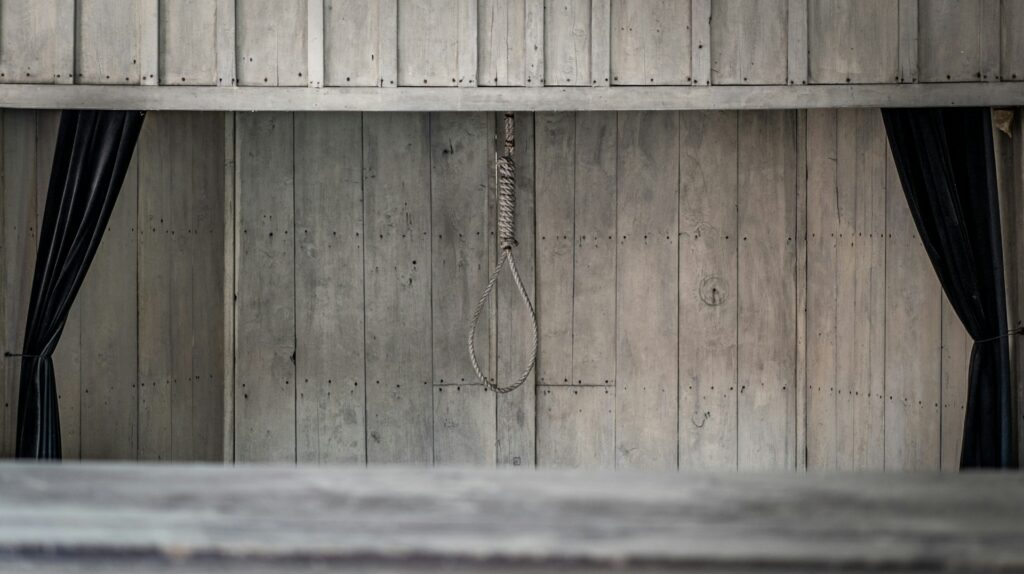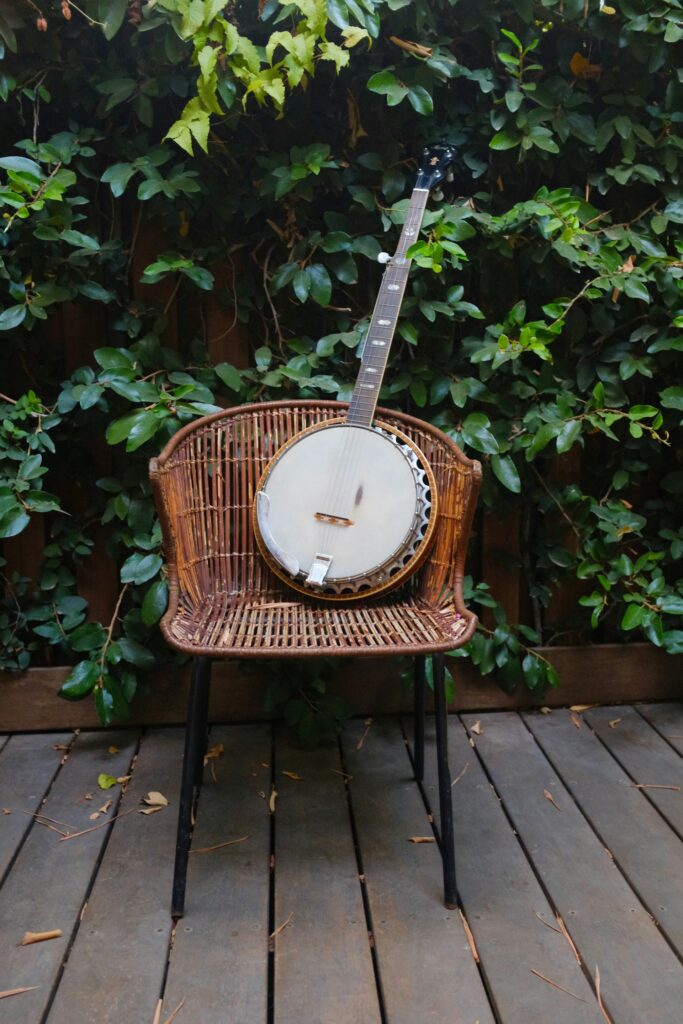What is Appalachian Music, Anyway?
When I approached the subject of the Appalachian murder ballad, I first had to answer the question: what is Appalachian music?
Believe it or not, I’m far from the first person to ask this. In fact, dozens (maybe even hundreds) of academics and historians have been trying to piece together an answer for decades.
In Jane Becker’s book “Appalachia and the Construction of an American Folk,” she explores the “folk revival” of the 1930’s to 1940’s and the ways in which “the structures and ideals of a culture dedicated to industrialism, consumption, and rationality” ultimately recast and commodified the authenticity of Appalachian folk culture.
This “iconization” of Appalachia ultimately makes it difficult to parse out the “true history” of Appalachian folk music, as it’s been primarily non-Appalachians (specifically, upper- and middle-class academics) who set about the task of defining and contextualizing Appalachian culture.

John Alexander Williams’s book “Appalachia: A History” suggests that the popularized construct of Appalachian folk music – defined by its parallels to the music of the British Isles – was ultimately borne from the ignorance of “the contemporary and topical sounds of town dwellers, mine workers, and any others ‘spoiled’ by too much contact with non-British culture” whom scholars deemed “unfit for study.”
To rephrase all of this in plainer language: Appalachian folk music is hard to define because of its misrepresentation.
Perhaps this knowledge isn’t essential to understanding the Appalachian murder ballad specifically, but I feel that it’s obligatory to point out.
The Murder Ballad
As opposed to the scope of Appalachian folk music, the murder ballad is easy to define.
Modeled after the traditional ballad, murder ballads illustrate a narrative that hashes out the events of a murder.
Often inspired by real events (“Omie Wise”), these ballads typically involve the murder of a woman by her lover, often (though not always) as a result of unwanted pregnancy.
Murder ballads can be from the perspective of the murderer, the victim, or an unnamed third party. Occasionally, they can portray the murderer as sympathetic.

Murder ballads are not localized to the Appalachian region. Rather, they originate from the British Isles — with the earliest iterations emerging in the 1500s — and made their way to the Americas in the mouths of Scottish and English immigrants.
Many American murder ballads are in fact directly inspired by songs from the Old World.
For example, “The Knoxville Girl,” comes from the 19th-century Irish ballad “The Wexford Girl,” which itself took inspiration from the English ballad “The Bloody Miller” detailing a murder that occurred in 1683.

Famous Murder Ballads – The Formula
One of the most commercially successful ballads is “Tom Dooley,” inspired by the case of Tom Dula, who murdered his lover in 1866 after she became pregnant.
Hang down your head Tom Dooley
“Tom Dooley,” lyrics from here
Hang down your head and cry
Killed poor Laura Foster
You know you’re bound to die
Dula was executed in 1868 in Wilkes County, North Carolina. The song, popularized by the Kingston Trio in 1958, was a “breakthrough hit.”
Another well-known murder ballad is “Omie Wise,” which tells the story of a man who, upon discovering his lover’s pregnancy, lured her to a river and drowned her.
‘Little Omie, little Omie, I’ll tell you my mind.
My mind is to drown you and leave you behind.’‘Have mercy on my baby and spare me my life,
I’ll go home as a beggar and never be your wife.’He kissed her and hugged her and turned her around,
“Omie Wise,” lyrics by Doc Watson
Then pushed her in deep waters where he knew that she would drown.
“Pretty Polly” is another widely popular song, depicting a young woman lured to her death by her lover. In some versions, Polly’s murder is the result of her pregnancy.
Oh Polly, Pretty Polly, your guess is about right
Polly, Pretty Polly, your guess is about right
I dug on your grave the biggest part of last nightOh she knelt down before him and what did she spy
“Pretty Polly,” lyrics by Ralph Stanley
She knelt down before him and what did she spy
A knew dug grave with the spade lying by
Rewriting the Murder Ballad
Though many ballads ended with the execution of the murderer, they often presented their narratives with a sympathetic slant, as though the men were somehow victims in of themselves, forced to act out violence in order to preserve their reputations.
Themes of femicide and patriarchal honor abound throughout the murder ballad genre, with songs often posited as “warnings” for young women to lead “respectable” lives.

The romanticization of these female figures and the sensationalism surrounding their deaths only further compounds the clash between 19th century modernism and conservatism, with female sexual agency synonimized with doom.
In the 1940s, women began to rewrite the murder ballad, excising the “Ophelia” archetype and replacing her with a cognizant (and more overtly dangerous) woman.
Some of these songs include Patsy Montana’s “I Didn’t Know the Gun Was Loaded,” which details the exploits of “Miss Effie,” a gunslinging “femme fatale.”
Now one night she had a date,
“I Didn’t Know the Gun Was Loaded,” Patsy Montana
With a wrestling heavyweight.
And he tried a brand new hold,
She did not appreciate.
So she whipped out her pistol,
And she shot him in the knee,
And quickly, she sang this plea.
Wanda Jackson’s 1966 “The Box It Came In” was another major hit, telling the story of a woman’s resolution to exact revenge on her former lover.
He took everything with him that wasn’t nailed down,
“The Box It Came In,” Wanda Jackson
Bet he’s got a new sweetheart to fill my wedding gown.
But somewhere I’ll find him then I’ll have peace of mind,
And the box he comes home in will be all satin-lined.
I would be committing a travesty if I didn’t mention Dolly Parton’s influence. Not only has she covered numerous murder ballads, but she wrote her own in 1967.

“The Bridge” first appears to follow the classic murder ballad formula, featuring an unmarried woman who finds herself pregnant. However, rather than murder her, her lover flees.
Left alone, the woman returns to the bridge — the site of their first rendezvous — and resolves to commit suicide.
While the story of “The Bridge” has a tragic end, Parton places agency in the hands of her female lead and implicity exposes the plight of women in a patriarchal society.
Final Thoughts
Though I’ve spent hours researching this subject, I’ve only just scratched the surface.
The history of the Appalachian murder ballad (and Appalachian music in general) is intensely rich and insanely complex.
While I’ve mentioned the innovations of female artists in the mid-twentieth century, twenty-first century artists continue to recontextualize the prototypal murder ballad and imbue the Appalachian folk genre with new, experimental sounds.
While I would probably consider myself a casual listener at best, I look forward to delving deeper into Appalachian folk music and uncovering more of its compelling history.

